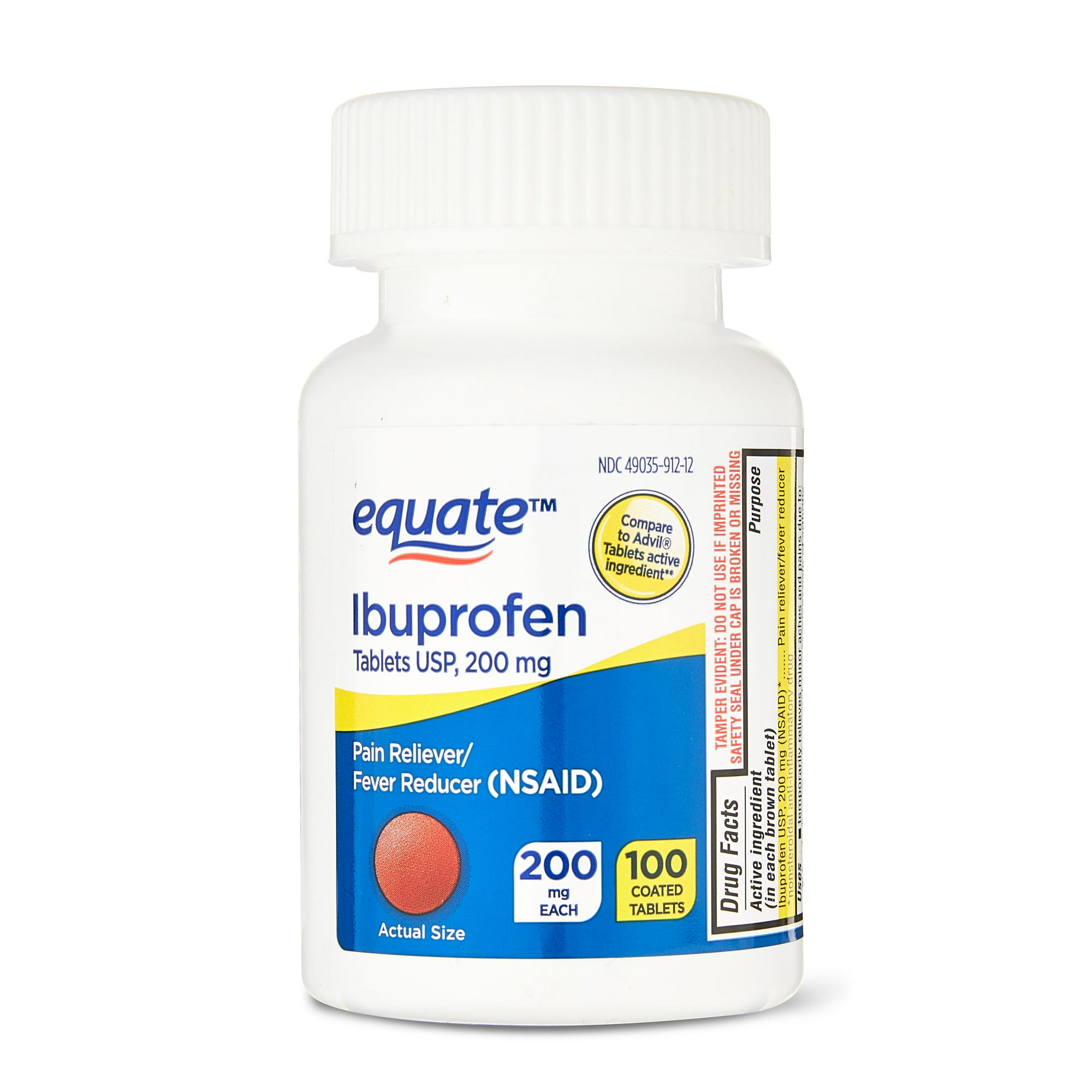What are the symptoms of a stubbed toe?
A stubbed toe can be quite painful and typically presents with several symptoms, including:
- Pain: Immediate and often intense pain at the site of the injury. The pain can be sharp or throbbing.
- Swelling: The affected toe may swell, sometimes extending to the surrounding area.
- Bruising: Discoloration or bruising around the toe and possibly on the foot.
- Redness: The skin around the injured toe may appear red or inflamed.
- Difficulty Moving the Toe: The toe may feel stiff or painful when trying to move it.
- Tenderness: The toe may be sensitive to touch or pressure.
- Warmth: The area around the toe might feel warm to the touch due to inflammation.
In most cases, these symptoms will improve with rest, ice, and over-the-counter pain relief. However, if you experience severe pain, noticeable deformity, or difficulty walking, it could be a fracture or more serious injury, and you should seek medical attention.
What are the causes of a stubbed toe?
A stubbed toe typically occurs due to a sudden impact or force against a hard surface. Common causes include:
- Accidental Impact: Tripping over furniture, bumping into a stationary object, or stubbing your toe on the edge of a step or door frame.
- Dropping Objects: Accidentally dropping something heavy on your foot or toe.
- Improper Footwear: Wearing ill-fitting shoes or sandals that provide inadequate protection or support.
- Running or Walking: Running or walking in low-light conditions where you may not see obstacles in your path.
- Sports Injuries: Contact sports or activities where the toes are exposed to forceful impacts, such as kicking a ball or getting stepped on.
While a stubbed toe is usually minor, severe or repeated incidents can lead to fractures or more significant injuries.
What is the treatment for a stubbed toe?
Treatment for a stubbed toe generally involves managing symptoms and ensuring the injury heals properly. Here’s what you can do:
Immediate Care
- Rest: Avoid putting weight on the affected foot to prevent further injury.
- Ice: Apply ice to the toe for 15-20 minutes every hour to reduce swelling and pain. Make sure to use a cloth or towel to protect your skin from direct contact with the ice.
- Elevation: Keep the foot elevated to help reduce swelling. Prop it up with pillows when sitting or lying down.
- Compression: If there’s significant swelling, you might wrap the toe lightly with an elastic bandage, but avoid wrapping too tightly.
Pain Relief
- Over-the-Counter Pain Medication: Nonsteroidal anti-inflammatory drugs (NSAIDs), such as ibuprofen or acetaminophen, can help manage pain and reduce inflammation.
Care and Protection
- Buddy Taping: Tape the injured toe to the adjacent toe (the “buddy”) for support. Use medical tape and place a small piece of cotton or gauze between the toes to prevent skin irritation.
- Proper Footwear: Wear comfortable, supportive shoes that provide adequate protection to avoid further injury.
Monitoring and Follow-Up
- Observe for Changes: Watch for signs of more serious issues, such as severe pain, persistent swelling, bruising, deformity, or difficulty moving the toe.
- Medical Attention: If the pain is severe, you notice significant swelling or bruising, or if you have trouble moving the toe, seek medical evaluation. This could indicate a fracture or more serious injury requiring professional treatment.
Most stubbed toes heal on their own with appropriate care. However, proper treatment is crucial to ensure you avoid complications and support a full recovery.

Leave a Reply
You must be logged in to post a comment.